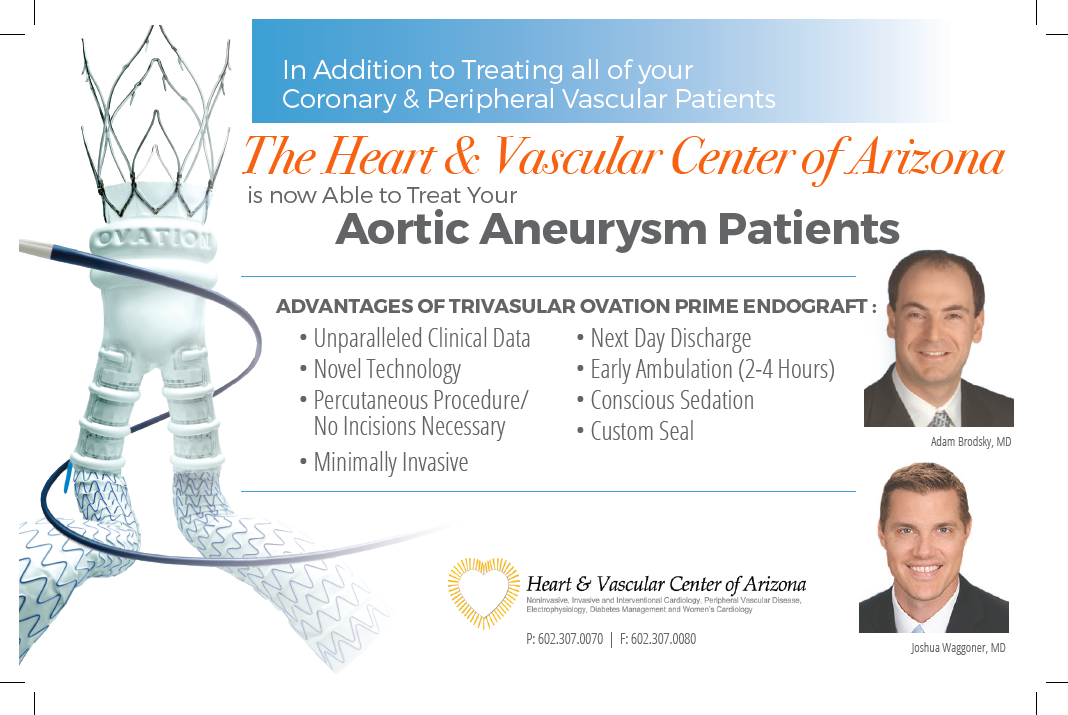From the MCMS Roundup Magazine:
With the end of the year we also get ready to welcome in a new group of leaders in our Society, and it is only fitting that Round Up take the time to sit down with in-coming President Adam Brodsky, MD and ask him to tell us a bit about where he has been, and where he feels the society is going.
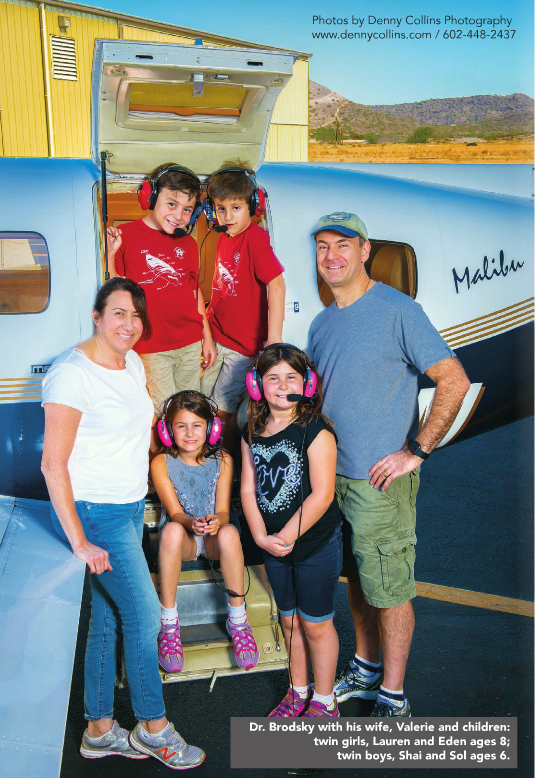
Dr. Brodsky specializes in cardiac and peripheral intervention and treatment, and holds a master’s degree in Management in addition to his medical degree. He currently practices at the Heart & Vascular Center of Arizona, is affiliated with Banner University Medical Center – Phoenix, and has contributed many articles, abstracts and book chapters to the theory and practice of cardiovascular medicine. He also flies to outreach centers in Show Low and Globe, Arizona.
He joined MCMS and has served on the board since 2013. Maintaining involvement in organized medicine has long held importance with Brodsky, dating back to his time in medical school when he served in several leadership positions, including class vice president. This early start has impressed upon Brodsky the importance of role models and mentors along his career path. Not only to provide counsel and perspective in medical practice, but to help highlight the importance of individual physician involvement.
When it comes to striving for medical excellence and the rights and needs of today’s physicians, Brodsky believes he cannot afford to stand by without playing a bigger role.
“When I look around and see so many doctors who are just too busy to get involved, and at the same time I realize that there are important issues that we face as physicians and that simply sticking our heads in the sand and hoping we can just get by isn’t really a feasible strategy, I feel that I really have little choice.” he said. “If I don’t step up, who will?”
It is this experience, enthusiasm and perspective that Brodsky brings to the table as our new Society President, and we look forward to seeing what his hard work, and yours, can accomplish in 2016.
Background
Originally from Minneapolis, Minnesota, Brodsky had an interest in medicine early on. With his dad working as a Neurologist, it seemed bound to happen. He followed his interest to medical school at Northwestern University, Feinberg School of Medicine in Chicago, Illinois. It was here he met his wife Valerie. The two of them went on to complete their residencies together, Dr. Brodsky in Internal Medicine, at Beth Israel Deaconess Medical Center in Boston, Massachusetts. He also completed a Cardiology Residency and fellowship in Interventional Cardiology at Northwestern University, Feinberg School of Medicine, Chicago, Illinois and earned a Master’s in Management in Evanston, Illinois.
Initially, Brodsky had a troublesome time choosing his specialty; torn between surgery and internal medicine.
“I enjoyed the procedural aspects of surgery but didn’t want to give up the cerebral and longitudinal aspects of general internal medicine” he said.
Deciding to pursue internal medicine only opened up another set of options to choose from as he considered several fascinating specialties. Brodsky was particularly drawn to high-acuity specialties, with intensive care and pulmonary critical care as alluring options. However, after a Critical Care Unit rotation involving several cardiology cases, Brodsky decided this was the specialty that would best suit his desire for intensive care and a long-standing involvement with his patients.
“I was able to see high acuity patients in a variety of settings including acute coronary syndromes, acute valvular dysfunctions, and electrophysiologic emergencies.” he said. “I would additionally be able to maintain a longitudinal relationship with those patients once they left the hospital.”
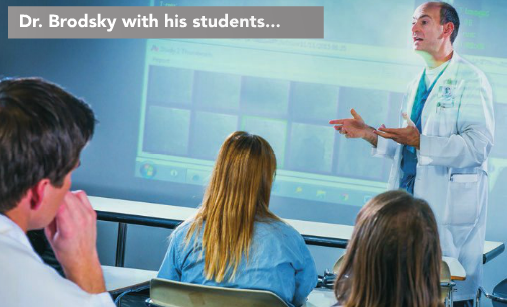 He explained. “In fact, since the advent of the hospitalist medicine and the declining number of internists or family physicians who see their patients in the inpatient setting, I have found that paradoxically, that I and perhaps a few other specialists are often the only ones who maintain continuity with our patients both in and out of the hospital.”
He explained. “In fact, since the advent of the hospitalist medicine and the declining number of internists or family physicians who see their patients in the inpatient setting, I have found that paradoxically, that I and perhaps a few other specialists are often the only ones who maintain continuity with our patients both in and out of the hospital.”
Heading to the Valley of the Sun
After graduating, Brodsky made his way to the opportunities, and enjoyable outdoor lifestyle, of Arizona.
“The ability to teach at a cardiology residency and fellowship while remaining in private practice and still live in a major city is unique.” he explained. “As the associate fellowship director for the general cardiology fellowship at Banner University Medical Center – Phoenix, and key faculty for the interventional cardiology fellowship, I enjoy my responsibilities in training the next generation of young cardiologists.”
This love of encouraging medical education and involvement is something he shares with his colleagues at The Heart and Vascular Center of Arizona (HVCAZ).
“HVCAZ is a pioneering small group of like-minded cardiologists who are involved in academic medicine, the business aspects of running an independent private practice, as well as local organized medicine.” he said.
Brodsky was introduced to the practice group in part through one of his own mentors, Dr. Nathan Laufer, whom he describes as a pioneering interventional cardiologist. Laufer is a current MCMS member and past president. He is currently serving as president of ArMA.
In addition to the unique opportunities of working and practicing in Phoenix, Brodsky and his wife enjoy the many opportunities for outdoor recreation nearby.
“We enjoy weekend camping trips year-round with our four young children, moving between desert campgrounds in the winter and higher elevation campgrounds along the Mongolian Rim in the summer months.” he said. “We also enjoy skiing locally at both Arizona Snowbowl and Sunrise Ski Resort.”
Today’s Physician

Physicians today, as well as medicine in general, are facing a wealth of challenges. Brodsky shared with us his feelings on these challenges, as well as the areas he feels deserve the most focus as he takes the reins in 2016.
“Medicine is in danger of becoming commoditized.” Brodsky explained. “Both from without: by the corporate practice of medicine, and from within: from the proliferation of the guidelines.”
Because our culture is so steeped in marketing, particularly with the advent of social media and other internet resources, healthcare networks and other medical providers must strive for their patients’ attention on all channels. And, too often, brand recognition strategies require breaking consumers’ bonds with previous personal physicians in favor of a newly identified brand with a higher visibility.
Additionally, specific services and medications are widely advertised, resulting in patients insisting on specific brands instead of relying on the referral of their physicians – effectively forcing their hand. Since so many physicians are already battling the epidemic of patients self-diagnosing via the internet, circumstances like these only compound an existing struggle.
The doctor-patient relationship is already put under a lot of strain. Physicians struggle against reimbursement and recording guidelines, limiting their time with their patients and increasing time spent in tracking software. Brodsky shared his concerns that stringent regulations are putting that relationship under another kind of strain: undermining physicians’ confidence to prescribe the best care for their patients.
“We do a good job of teaching medical guidelines to our students and residents but sometimes our residents are unable to apply them to real-life situations.” he said. “I have found many situations in which a resident will be recommending a certain treatment plan with which they themselves seem to be vaguely uncomfortable, but nevertheless they press on with the recommendation, blindly following some medical guideline they learned, when in fact that guideline is simply not relevant to their patient.”
While it is possible that residents simply have difficulties choosing which guidelines to follow, too often there is simply not a guideline that fits their exact patient.
“It’s this ability to think independently that I fear we may be losing with our reliance on guidelines for everything.” Brodsky said.
Independent physician thinking is one of the biggest things Brodsky wants to focus on as MCMS President in the next year, maintaining the independent practice of medicine. In his view, this includes employed doctors, as well as those privately practicing. Both should feel they have the ability to exercise control over their patient care practices.
While self-employed and employed physicians have different needs, the ultimate goals for both are the same within the Society. Different programming and approaches to suit individual physician experiences can help us all reach our mission – to preserve the practice of medicine as it should be – regardless of the changing medical marketplace.
On the Personal Side:
- 1. Describe yourself in one word: Aware. I try to maintain an awareness of what’s going on around me, whether it be my students/residents, my patients, my business partners and/or my competitors.
- 2. What is your favorite food, and favorite restaurant in the Valley? Chicago deep dish pizza. I heard they’re opening a Lou Malnati’s here in Phoenix; finally, a real Chicago Pizza.
- 3. What career would you be doing if you weren’t a physician? Pilot or astronaut.
- 4. What’s a hidden talent that you have that most wouldn’t know about you? Pilot. I own one third of a PA-46 310 Piper Malibu. I have 960 hours to date. I learned to fly when I was a cardiology fellow in Chicago. I would take a one hour lesson one night after work during the week and another one hour lesson during the day on the weekend (if I wasn’t on call). It took me about nine months to earn my private pilot’s license. Once I moved to Phoenix, I earned my instrument rating. I now fly to various medical conferences during the year. I fly to two different medical outreach clinics as well, once a month, one in Show Low, AZ and one in Globe, AZ.
- 5. Best movie you’ve seen in the last ten years? The Martian. Human ingenuity always amazes and inspires me
- 6. Favorite Arizona Sports Team (College or Pro)? No time.
- 7. Favorite activity outside of medicine? Camping with family/friends. Flying.
- 8. Tell us about your family! Wife, Valerie, two sets of twins – girls, Lauren and Eden ages 8; twin boys, Shai and Sol ages 6.


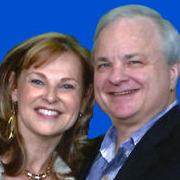 For Judy and Nathan Laufer, supporting Jewish causes is part of their DNA. As the children of Holocaust survivors who were assisted by their Jewish communities, they know firsthand how a helping hand can make a difference.
For Judy and Nathan Laufer, supporting Jewish causes is part of their DNA. As the children of Holocaust survivors who were assisted by their Jewish communities, they know firsthand how a helping hand can make a difference.
 He explained. “In fact, since the advent of the hospitalist medicine and the declining number of internists or family physicians who see their patients in the inpatient setting, I have found that paradoxically, that I and perhaps a few other specialists are often the only ones who maintain continuity with our patients both in and out of the hospital.”
He explained. “In fact, since the advent of the hospitalist medicine and the declining number of internists or family physicians who see their patients in the inpatient setting, I have found that paradoxically, that I and perhaps a few other specialists are often the only ones who maintain continuity with our patients both in and out of the hospital.”

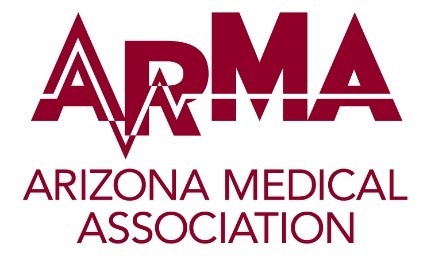
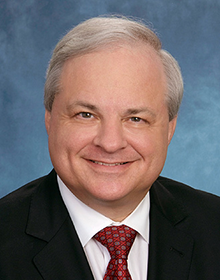 Dr. Laufer received his undergraduate and Medical Degree from McGill University in Montreal, Canada. He completed his Internal Medicine residency at the University of Toronto and a cardiology fellowship at the University of Michigan, whose faculty he then joined. Dr. Laufer is Board Certified in internal medicine, cardiology and interventional cardiology and has been in practice since 1984.
Dr. Laufer received his undergraduate and Medical Degree from McGill University in Montreal, Canada. He completed his Internal Medicine residency at the University of Toronto and a cardiology fellowship at the University of Michigan, whose faculty he then joined. Dr. Laufer is Board Certified in internal medicine, cardiology and interventional cardiology and has been in practice since 1984.